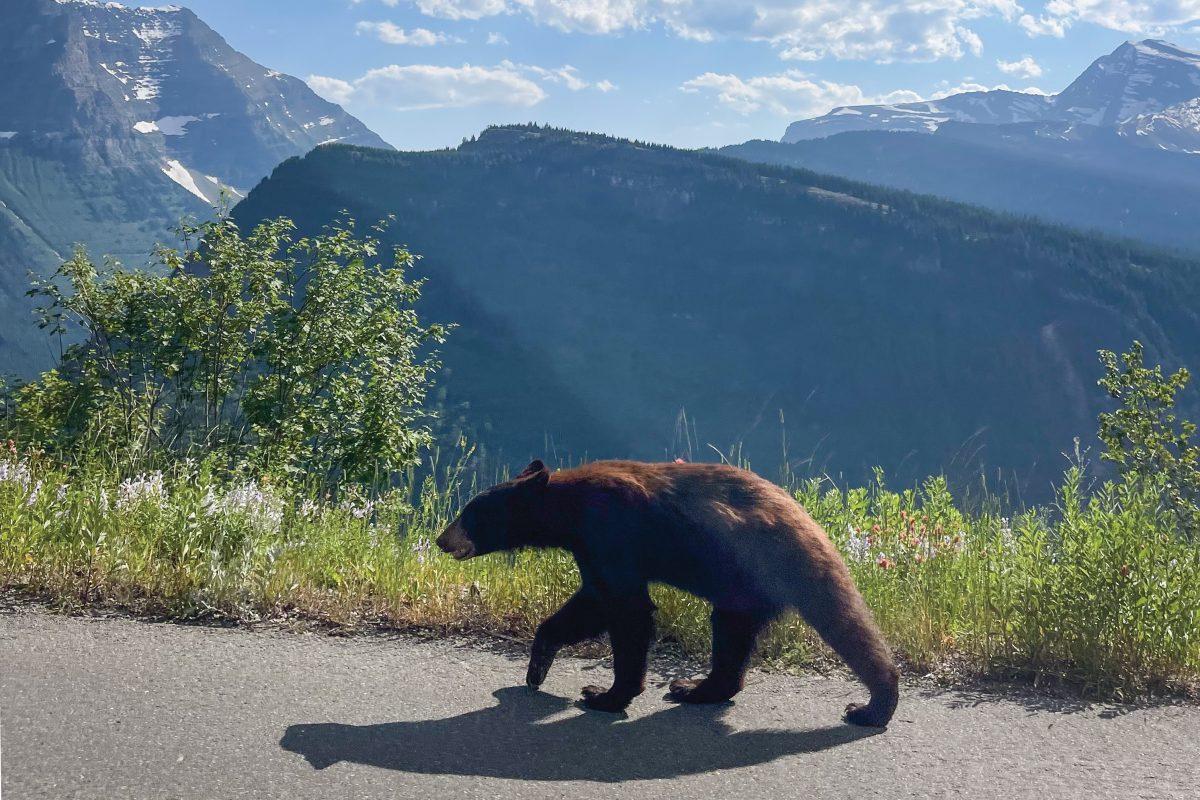On Feb.14, the National Parks Service was forced to lay off 1,000 employees due to federal workforce cuts. But the parks across the nation were already spread thin. Recent budget cuts, terminations and threats to our public lands can be summarized in one word: shortsighted.
Our public lands are a cornerstone of our country and their attributes include cultural, social, ecological and underappreciated economic benefits. To put it plainly, it is discouraging to value the preservation of our public lands and natural resources when they are not a priority of your country’s administration.
As of 2023, the rate of increase in national parks visitation was just shy of the rate of reduction in staff over a 13 year period. This is hardly a sustainable way to manage key attractions such as our national parks, monuments and forests.
The matter is of particular interest to students like Dale Ligon, the trip planner for the National Parks Club at NC State and a fourth-year studying natural resources.
Ligon said, “The purpose of the National Parks Club is to foster connections between students and public land through highlighting recreation opportunities, service opportunities and some of that natural science learning.”
In mid-March, U.S. District Court judges ruled that the termination of many probationary employees was to be overturned. Despite the reinstatement of nearly all NPS staff, damage had already been done. In its wake, the public and staff alike express confusion, frustration and distrust towards the current administration for the mismanagement of the parks service.
“I had applied for some jobs in public lands agencies before [and after] the hiring freeze,” Ligon said. “I can tell you that nobody knows exactly whether they can offer these positions.”
The issue strikes a chord with me as well since my time is best spent outdoors, often fishing and hiking on public lands. In tandem with budget cuts, the current administration’s approach to public lands includes rolling back long-standing protections over several national forests, including our largest, Tongass National Forest.
Working in Ketchikan, Alaska in 2023, I experienced first hand why the protection of Tongass is vital to the area’s residents, tourism, indigenous communities and the neighboring salmon population which fosters a prolific fishing industry.
According to the National Parks Conservation Association, “The National Park Service is only a tiny slice of our federal budget — less than one-fifteenth of one percent — yet delivers significant economic benefits, with $15 in economic activity generated for each dollar invested.”
Our public lands are the backbone of a booming outdoor recreation economy of $1.2 trillion dollars and directly support 5 million jobs. These spaces are responsible for bringing in upwards of $10 billion across their local economies, much of which benefits small and rural communities.
The federal employees who make our public lands safe and accessible are also responsible for vital emergency response, education, maintenance, wildfire management and much more.
Understanding the interdependence of the Department of the Interior’s organizations is important.
Ligon said, “The National Parks get the most attention, but there are a lot of other federal land agencies, like the Bureau of Land Management, National Forest Service, that are facing these same cuts and are almost more vulnerable because they get less attention.”
In 1907, former President Theodore Roosevelt said that “the conservation of natural resources is the fundamental problem. Unless we solve that problem it will avail us little to solve all others.”
While later speaking on our country’s natural wonders, Roosevelt urged his audience to “leave it as it is … The ages have been at work on it and man can only mar it. What you can do is to keep it for your children and your children’s children and for all who come after you, as one of the great sights which every American, if he can travel at all, should see.”
The disconnect between legislators and the realms their legislation impacts has serious consequences, some of which may not be seen for years or decades to come. After all, what value does the margins of economic gain really hold if it costs us our home and quality of life?
Some of us didn’t watch the Lorax growing up, and it shows.














